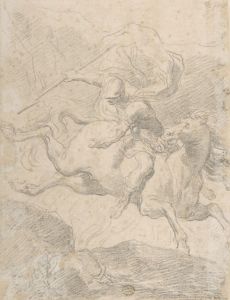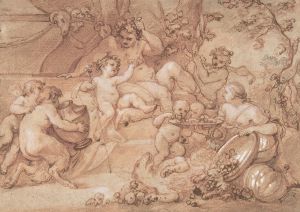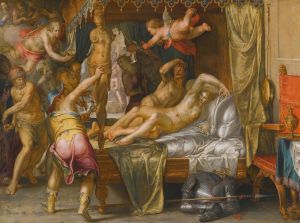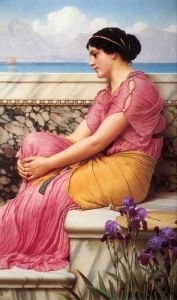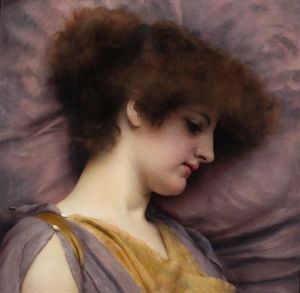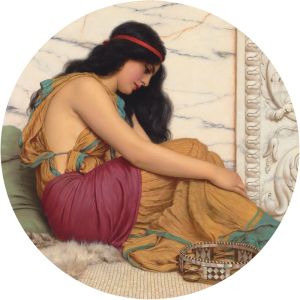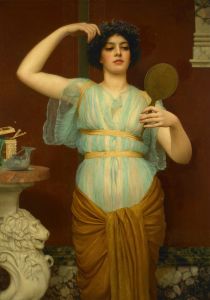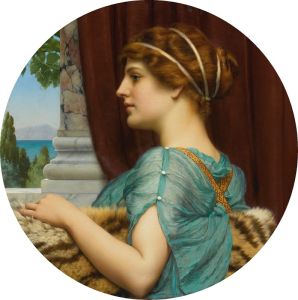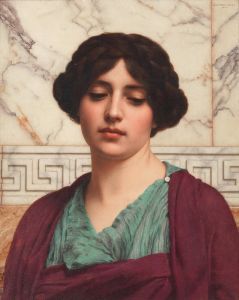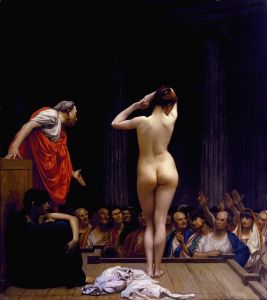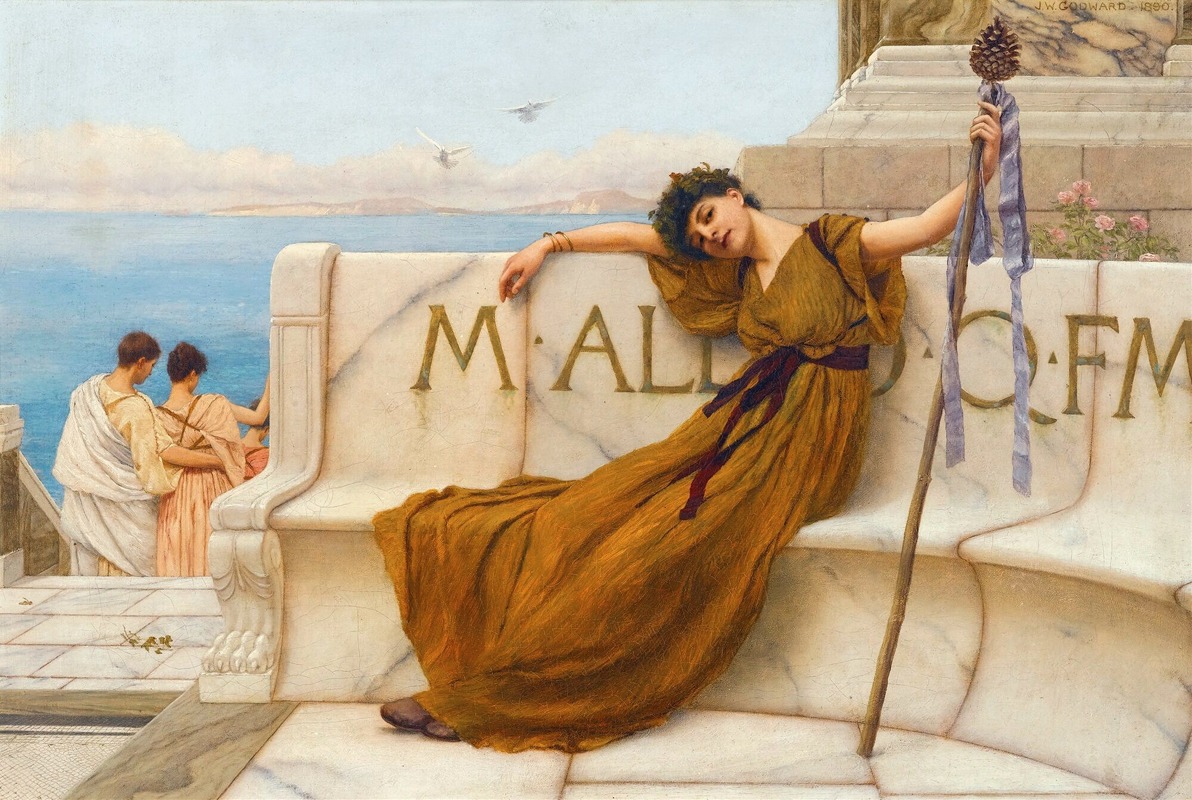
A Priestess Of Bacchus
A hand-painted replica of John William Godward’s masterpiece A Priestess Of Bacchus, meticulously crafted by professional artists to capture the true essence of the original. Each piece is created with museum-quality canvas and rare mineral pigments, carefully painted by experienced artists with delicate brushstrokes and rich, layered colors to perfectly recreate the texture of the original artwork. Unlike machine-printed reproductions, this hand-painted version brings the painting to life, infused with the artist’s emotions and skill in every stroke. Whether for personal collection or home decoration, it instantly elevates the artistic atmosphere of any space.
"A Priestess of Bacchus" is a painting by the British artist John William Godward, completed in 1890. Godward was a prominent figure in the late 19th and early 20th centuries, known for his classical style and meticulous attention to detail. He was part of the Neoclassical movement, which sought to revive the artistic ideals of ancient Greece and Rome.
The painting depicts a serene and contemplative scene featuring a young woman, presumably a priestess, associated with Bacchus, the Roman god of wine, fertility, and ritual madness. Bacchus is equivalent to the Greek god Dionysus, and his cult was known for its ecstatic celebrations and rituals. In Godward's work, the priestess is portrayed in a tranquil setting, which contrasts with the often chaotic and frenzied nature of Bacchic rites.
Godward's style is characterized by its precise and realistic representation of textures and materials. In "A Priestess of Bacchus," this is evident in the detailed rendering of the fabrics and the marble surfaces, which reflect his admiration for classical antiquity. The artist's use of color is also notable, with a palette that enhances the serene and timeless quality of the scene.
The composition of the painting is carefully balanced, with the figure of the priestess positioned in a way that draws the viewer's eye. Her attire is typical of Godward's work, featuring classical drapery that suggests both modesty and elegance. The background includes architectural elements that are reminiscent of ancient Roman or Greek settings, further emphasizing the classical theme.
John William Godward was known for his ability to capture the beauty and grace of his subjects, often depicting women in contemplative poses. His works are frequently compared to those of his contemporary, Sir Lawrence Alma-Tadema, who also specialized in classical themes. However, Godward's paintings are distinguished by their intimate and personal atmosphere, often focusing on solitary figures in peaceful environments.
"A Priestess of Bacchus" reflects Godward's fascination with the ancient world and his skill in bringing it to life through his art. The painting is a testament to his dedication to the Neoclassical style and his ability to convey a sense of timeless beauty. Despite the decline in popularity of classical themes in the early 20th century, Godward's work has experienced a resurgence of interest in recent years, appreciated for its technical excellence and aesthetic appeal.
Godward's career was marked by his reclusive nature and his commitment to his artistic vision, often working in isolation from the broader art movements of his time. His paintings, including "A Priestess of Bacchus," continue to be celebrated for their exquisite detail and the serene beauty they capture, offering a glimpse into a world of classical elegance and tranquility.








